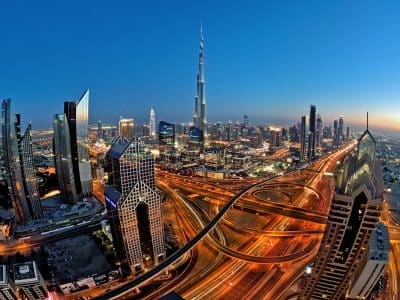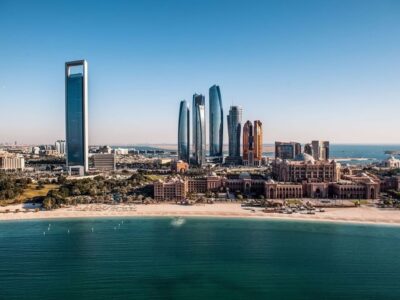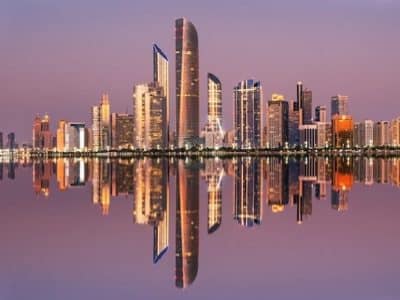Art is an attractive investment asset given its ease of mobility and increase in value over time, but investors considering it for their portfolio should do their research on the art world or surround themselves by experts, said a partner at BSA Ahmad Bin Hezeem law firm.
Michael Kortbawi shared that a world heritage painting for one of his gallery clients in DIFC and valued at $6 million was damaged because of improper storage while on its way from Dubai to Abu Dhabi, after having made it safely to Dubai.
“Don’t ask me how or why [it got damaged], all I know is that we ended up with an insurance claim for the full value of the painting just because of a mistake done in Dubai. You have to leave art to the experts: There’s a way to package it and display it, you can’t just call your handyman,” Kortbawi said during a panel the inaugural Arabian Business Money Forum.
“Once you own it, where you keep it has a tax element as well because you don’t want to pay taxes, every time you ship it in and out, and that’s why most of the collectors don’t keep their art in Dubai,” he continued.
While most jurisdictions in Europe encourage investment in art through attractive laws where investing is tax free in “one way or another”, the art purchases in Dubai are subject to a 5 percent VAT and a 5 percent import tax when bringing it into the city, explained Kortbawi.
“It’s a huge amount to pay if you’re buying a substantial piece of art, and it’s a consideration that collectors take into account before they buy artwork in Dubai,” said Kortbawi.
Although the art industry is not regulated in Dubai, there is a kind of self-regulating system to ensure that precious pieces retain their value and rarity through ensuring that artwork sold is not immediately flipped or resold.
If a piece by an artist who is still producing art is sold for $100,000 one week and $50,000 the next, both the artist’s and gallery’s reputation are destroyed, explained Kortbawi.
“The way they [ensure this does not happen] is they impose on the buyer a sort of time period of up to five years whereby they cannot resell, and trust me if you sell it, they will know. This art world is very, very close. They all know each other,” he said.
“This is because you’re either going to sell it individually, and in that case they know who the collectors are, or you are going to go to another gallery and galleries are traceable,” he continued.
 Michael Kortbawi, partner at BSA Ahmad Bin Hezeem law firm
Michael Kortbawi, partner at BSA Ahmad Bin Hezeem law firm
Although this cannot be imposed legally, collectors who engage in flipping artwork will be “black listed,” said Kortbawi.
From this angle, watches as an asset class is similar to art where no formal regulatory body exists, but auction houses self-regulate to maintain rarity.
“Obviously the big brands are looking at auction houses to see what’s selling, and if you are lucky enough to get one of the rare ones and then two months later, the brand finds it’s being sold, they will not call you back when the next one is available so you have to be careful about this,” said Frédéric Watrelot, senior specialist at Sotheby’s.
“To regulate the market, some retailers will hold on to the guarantee for years, making it harder to resell the watch as without its original papers, it will be less valuable,” he continued.








